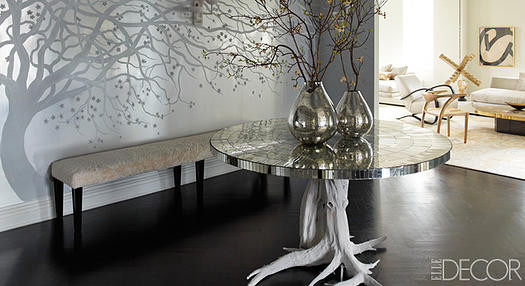Liming and white stains and finishes are popular choices for achieving a light, whitewashed appearance on wood surfaces. These techniques are often used to create a rustic, beachy, or Scandinavian-inspired aesthetic in interior design and furniture.
Liming:
Liming is a technique used to create a whitewashed effect on wood. It involves applying a paste made from slaked lime and water onto the wood surface. The lime paste is worked into the wood grain and allowed to dry. After drying, excess lime is wiped away, leaving a white, opaque finish that highlights the wood grain. Liming is often used to lighten the appearance of open-grained woods such as oak, ash, or mahogany.
White Stains:
White stains are used to achieve a similar light, whitewashed look on wood surfaces. Unlike paint or opaque finishes, white stains are designed to penetrate the wood, allowing the natural grain to show through while tinting it with a white color. White stains are available in various formulations, including water-based and oil-based options.
Finishes:
After liming or applying a white stain, it’s important to protect the wood with an appropriate finish. Clear finishes such as water-based polyurethane, lacquer, or varnish can be used to seal and protect the wood while preserving the desired appearance. Matte or satin finishes are often chosen to maintain a more natural, low-sheen look, while still providing protection.
When working with liming or white stains and finishes, it’s important to test the products on a small, inconspicuous area of the wood to ensure that the desired look is achieved. Additionally, proper surface preparation, including sanding and cleaning, is essential for successful results.
If you’re planning to use these techniques on a specific project or have more detailed questions about application methods or product recommendations, feel free to ask for further assistance.

